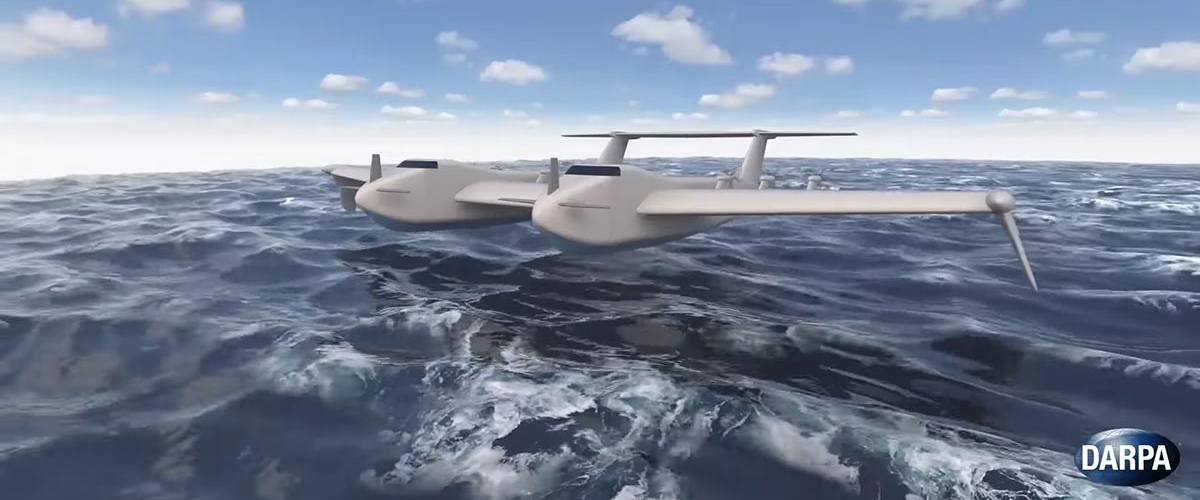
DARPA is launching a project to develop a screen plan with a capacity of 100 tons
The US Department of Defense’s Advanced Research Projects Authority (DARPA) has launched the Liberty Lifter initiative, which includes the design and production of a heavy screen plan for long-distance transportation of bulky cargo. The flight range of the aircraft will be at least 7.5 thousand km, and the carrying capacity will be more than 100 tons. Another stated feature of the project is that the screen plan must be able to work for months without ground maintenance.
Liberty Lifter is implemented in the interests of the US Department of Defense, which needs a solution for fast and relatively inexpensive transportation of goods in combat. Ekranoplan will be able to transport weapons and other cargo over long distances at a lower cost than conventional aircraft, but at a higher speed than ships. This device does not need ports, so it can work as a mobile base anywhere in the ocean.
At the heart of the flight of the ekranoplan is the screen effect – the physical phenomenon of interaction with the air reflected from the surface, which occurs when a winged machine reaches a certain speed above the surface of water, snow, ice or earth. The aerodynamic screen is formed when the wing moves at a relatively small – up to several meters – height.
When such aircraft fly close to the water – at a height of less than half of their own wingspan – they get an increase in speed due to the air cushion. According to DARPA calculations, the speed of flight in this mode increases by about 2.3 times compared to vehicles flying high above the ground.
The DARPA technical document describes so far one model of the Liberty Lifter screen plan. It will support a payload of more than 100 tons (will be able to take on board two medium-sized tanks at the same time), fly a distance of more than 7.5 thousand kilometers and receive advanced software. The latter will allow the ship (according to the international classification, screen planes are classified as seagoing ships) to avoid collisions when moving at high speeds in congested areas, to register large waves and control the take-off and landing processes.
Although the Liberty Lifter will spend most of its time flying over water, DARPA is also looking forward to long flights at altitudes of up to 3,000 meters.
According to the IEEE Spectrum, DARPA will allocate at least $ 15 million to develop two concepts of one screen plan. The winner is planned to be determined in 2025, and the first full-scale prototype should take off in 2027.
According to the New Atlas, at the beginning of this century, screen planes have lost their popularity, but began to return in recent years. Singapore-based Wigetworks and US-based Regent are currently working on such devices. In particular, Regent expects to create a fully electric vessel that is suitable for both travel and freight.

